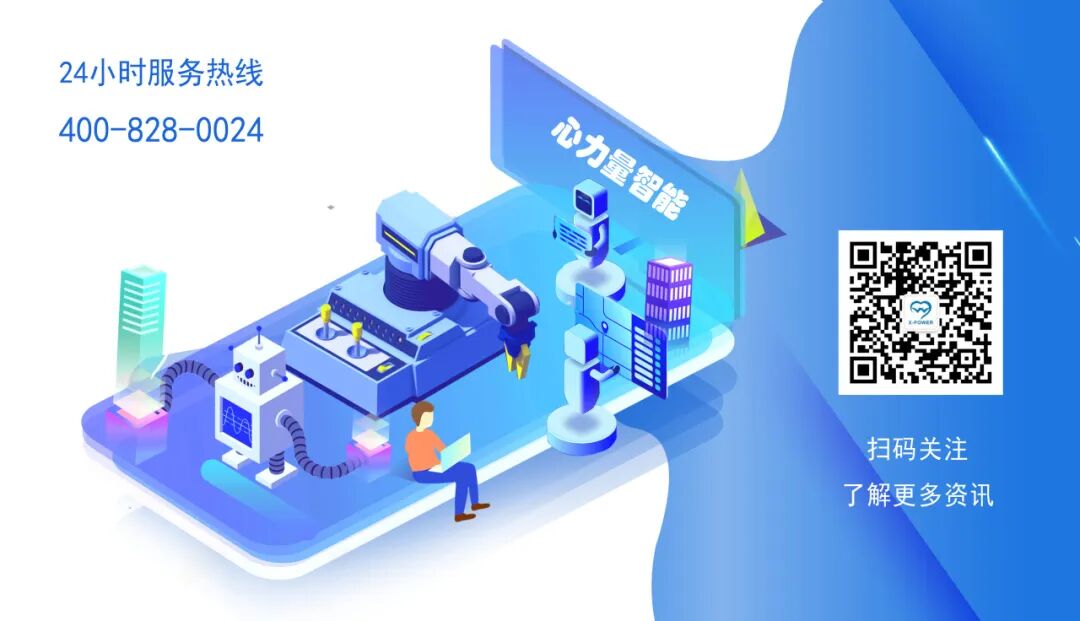
Click the blue textto follow us
Introduction
This chapter mainly introduces the basic structure and application characteristics of Siemens S7-1200 series Programmable Logic Controllers (PLCs), providing a detailed explanation of its programming environment and applications, along with typical instruction programming methods through examples, and discusses the main issues to consider in PLC application design.
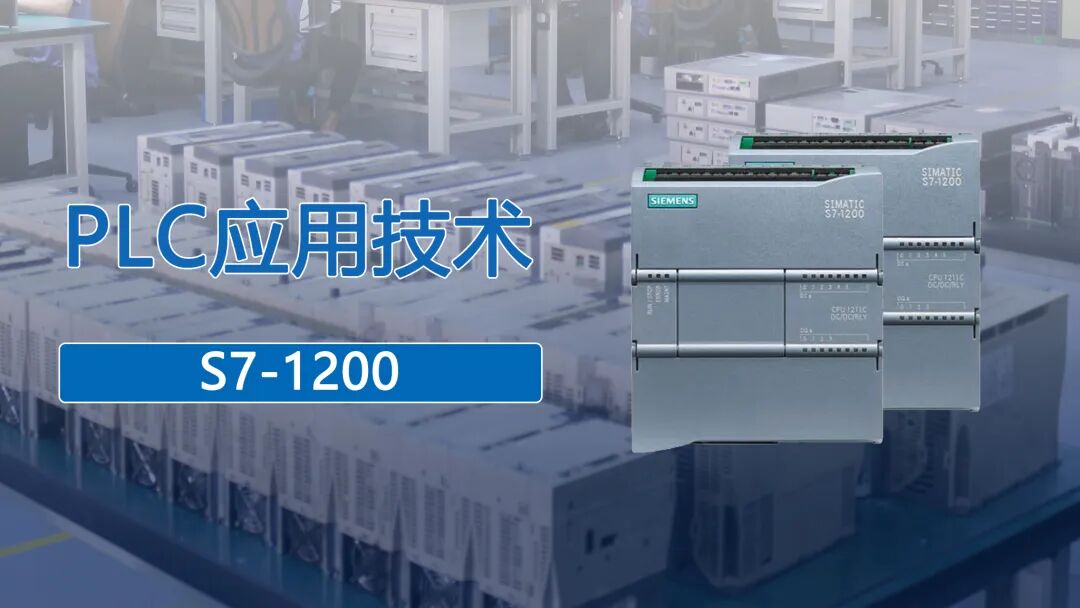
The S7-1200 mainly consists of a CPU module (referred to as CPU), signal boards, signal modules, communication modules, and programming software, with various modules installed on standard DIN rails. The hardware composition of the S7-1200 offers high flexibility, allowing users to determine the structure of the PLC according to their needs, making system expansion very convenient.
1. CPU Module
The CPU module of the S7-1200 (see left image) integrates the microprocessor, power supply, digital input/output circuits, analog input/output circuits, PROFINET Ethernet port, and high-speed motion control functions into a compact design.
Each CPU can accommodate a signal board (see right image), which does not change the shape or size of the CPU after installation. The microprocessor acts like the brain and heart, continuously collecting input signals, executing user programs, refreshing system outputs, and storing programs and data. The integrated PROFINET interface is used for communication with programming computers, HMIs (Human-Machine Interfaces), other PLCs, or their devices. Additionally, it supports communication with third-party devices through open Ethernet protocols.
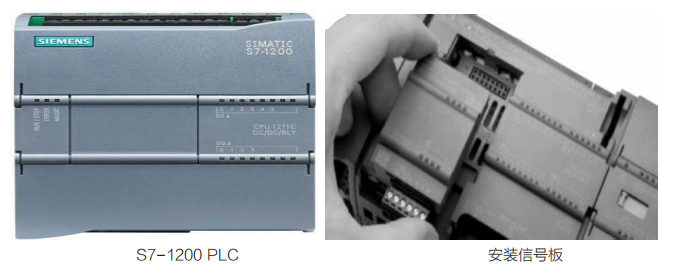
2. Signal Modules
The input (Input) modules and output (Output) modules are collectively referred to as I/O modules. Digital input modules (also known as switch input modules) and digital output modules are abbreviated as DI modules and DQ modules, while analog input modules and analog output modules are abbreviated as AI modules and AQ modules, collectively referred to as signal modules, or SM.
The signal modules are installed on the right side of the CPU module, with the most expandable CPU capable of adding up to 8 signal modules to increase digital and analog input/output points.
The digital input module is used to receive digital input signals from buttons, selector switches, digital dial switches, limit switches, proximity switches, photoelectric switches, pressure relays, etc. The analog input module is used to receive continuously varying analog current and voltage signals provided by potentiometers, speed generators, and various transmitters, or directly receive temperature signals from thermistors and thermocouples.
The digital output module is used to control output devices such as contactors, solenoid valves, electromagnets, indicator lights, digital displays, and alarm devices, while the analog output module is used to control actuators such as electric control valves and frequency converters.
The internal working voltage of the CPU module is generally DC 5V, while the external input/output signal voltage of the PLC is generally higher, such as DC 24V or AC 220V. External surge voltages and interference noise may damage components in the CPU or prevent the PLC from functioning properly. In the signal modules, devices such as optocouplers, opto-sensitive thyristors, and small relays are used to isolate the internal circuits of the PLC from the external input/output circuits. In addition to signal transmission, the signal modules also serve the purpose of level conversion and isolation.
3. Communication Modules
The communication module is installed on the left side of the CPU module, with a maximum of 3 communication modules that can be added, including point-to-point communication modules, PROFIBUS modules, industrial remote communication modules, AS-i interface modules, and IO-Link modules.
4. SIMATIC HMI Basic Series Panels
The second-generation basic panels compatible with the S7-1200 feature a 64K color high-resolution widescreen display available in sizes of 4.3in, 7in, 9in, and 12in, supporting vertical installation and configuration in TIA Portal using WinCC. They have an RS-422/RS-485 interface or an RJ45 Ethernet interface, as well as a USB 2.0 interface. The USB interface can connect keyboards, mice, or barcode scanners, and data logging can be achieved using USB flash drives.
5. Programming Software
TIA stands for Totally Integrated Automation, and TIA Portal is Siemens’ new engineering design software platform for automation. The S7-1200 is programmed using STEP 7 Basic (basic version) or STEP 7 Professional (professional version) in TIA Portal.
Content Source: “Fundamentals and Applications of Electrical Engineering”
END
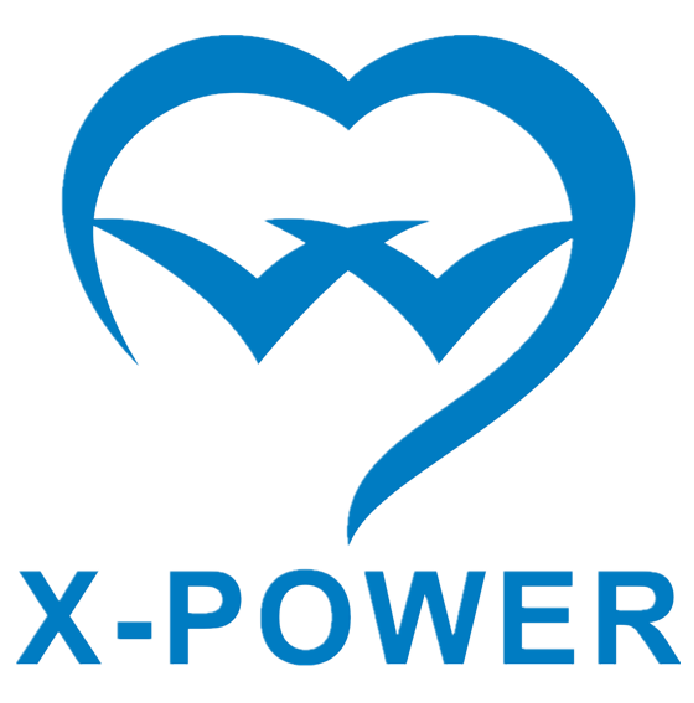
Heart Power Intelligent Technology focuses on providing professional comprehensive technical services for high-end CNC machine tools and industrial robots in precision processing fields such as aerospace manufacturing, automotive manufacturing, power machinery equipment manufacturing, agricultural machinery equipment manufacturing, medical device manufacturing, smart home manufacturing, precision mold manufacturing, and 3C. The services mainly include: equipment testing and diagnosis, functional maintenance, upgrade remanufacturing, sales, repair, and functional optimization of core functional components, and customer customization of single machines/line automation.
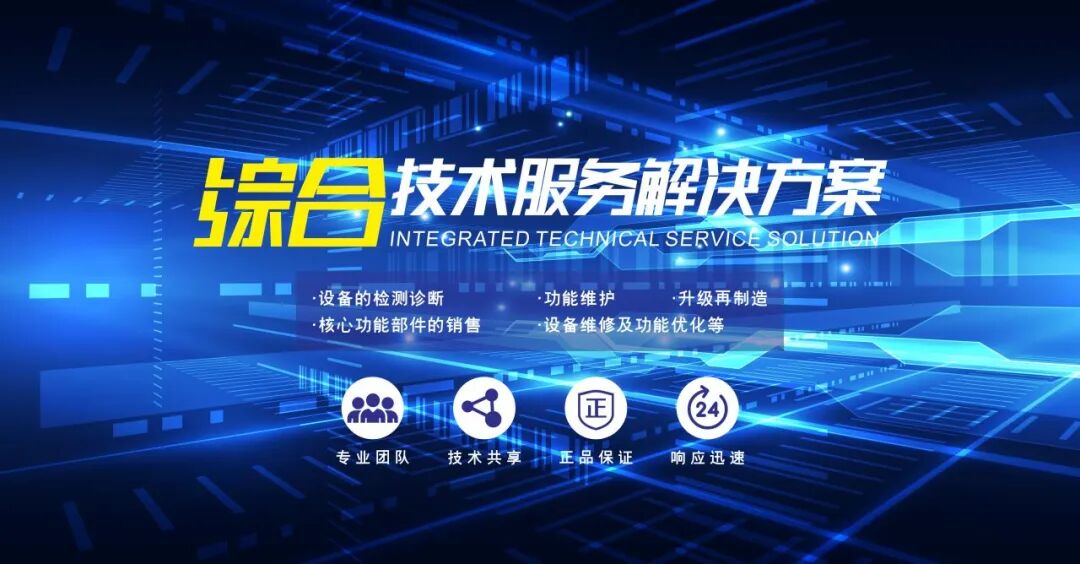
Heart Power Intelligent Technology is based on technology-driven development, aligning with the national vocational education development strategy, actively exploring a business model that closely integrates technical services and manufacturing, and promoting the development model of vocational education with Chinese characteristics that combines industry and education, school-enterprise cooperation, work-study integration, and unity of knowledge and action, to cultivate high-quality technical skilled talents for the sustainable development of China’s industrial manufacturing.
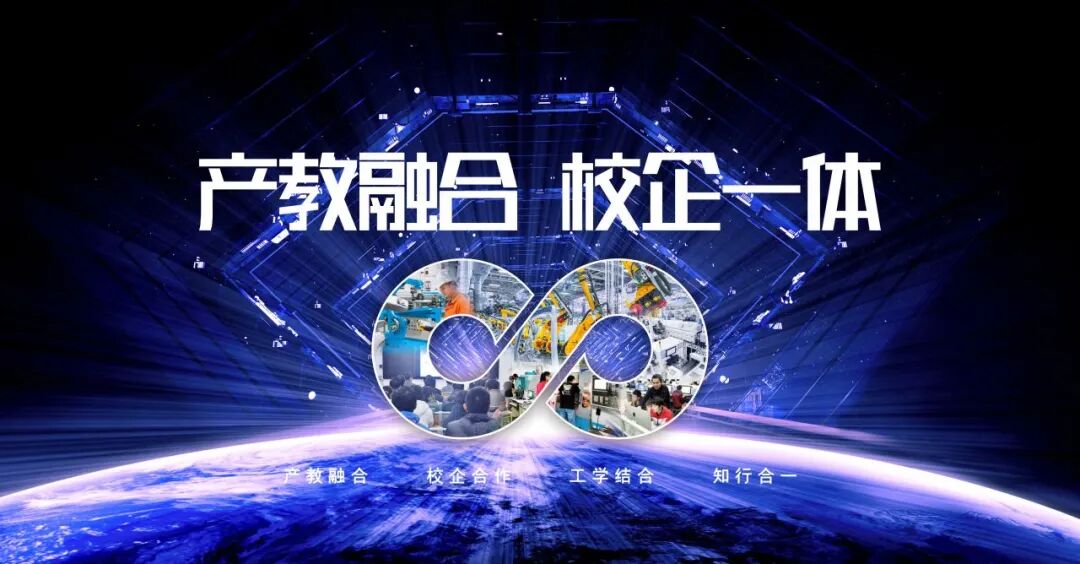
Heart Power people, based on providing technical services to support the rapid development of China’s intelligent manufacturing, continuously cultivate application-oriented technical talents for development, ensuring that intelligent creation, talent development, and enterprise value are closely integrated and perpetually thriving.
